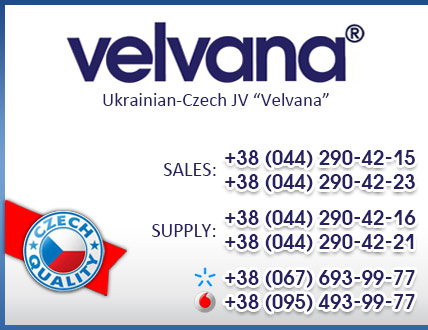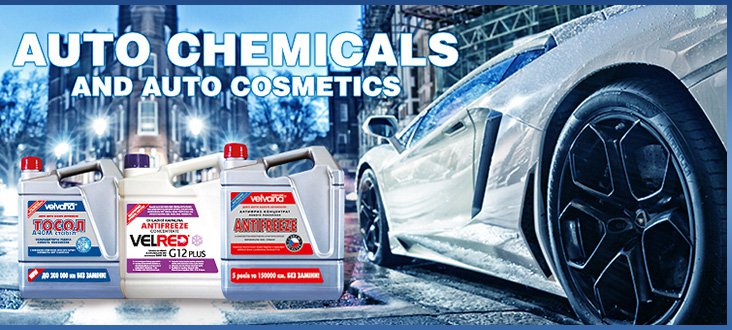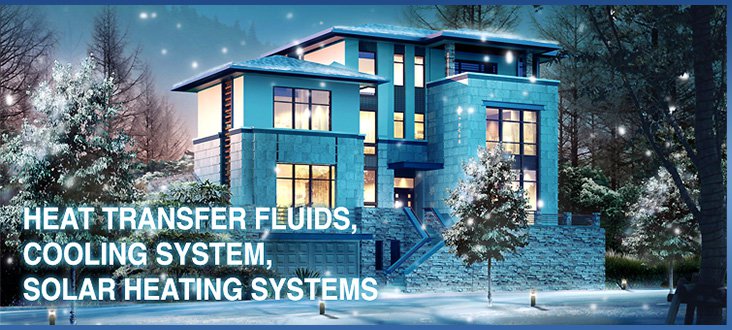 |
|
sale of propylene glycol and monoethylene glycol
Our company offers propylene glycol and monoethylene glycol from a warehouse in Kiev. Delivery is possible. Products are available in cubic meters, barrels of 50l, 200l, fuel cans of 20, 50l, and filled in customer’s container.
For consulting and ordering please call
Sales:
+38 (044) 290-42-15, +38 (044) 290-42-23
Supply:
+38 (044) 290-42-16, +38 (044) 290-42-21
| +38 (067) 693-99-77 | +38 (095) 493-99-77 |
Propylene glycol, (PG), (1,2- propanediol) is a colorless, viscous liquid with a weak characteristic odor, tasteless, with hygroscopic properties. PG belongs to the class of organic compounds of fatty series. Propylene glycol is a good solvent for different classes of organic compounds. Most low molecular weight organic compounds containing oxygen and nitrogen completely mix with it.
Molecular formula: Ñ3Í8Î2
CAS Number: 57-55-6
Abbreviation: PG, PGL
Low-freezing heating agents based on water solution of propylene glycol are widely used in various industries as heating agents (antifreeze), including in the heating, ventilation, air conditioning systems of residential houses and other public buildings, in the cooling systems of food production facilities, as well as in other heat exchange equipment in the temperature range from -40° C to + 108° C.
On the basis of propylene glycol the most environmentally friendly household heating agents and coolants are made.
Propylene glycol is permitted for use in all countries as a food additive (E1520). Due to its low toxicity, getting of a small amount (0.25%) of a propylene glycol based heating agent to a food product is permitted.
Corrosiveness of propylene glycol is lower than of most known water solutions of salts and alcohols, which allows to make low requirements to the quality of steel for equipment and reduce the cost of equipment.
The use of propylene glycol:
- Heating agents, antifreezes, polyether polyalcohols, defoaming agents,
- heating/cooling agents,
- in fine organic synthesis,
- unsaturated polyester resins,
- urethanes, paints and varnishes,
- as a solvent in printing inks,
- stabilizer in a hydraulic fluid, plasticizer for improving the process of production of plastics.
- in food and cosmetic industry.
Monoethylene glycol (MEG) – is a clear, viscous liquid without color, with oily consistency, odorless. Miscible with water in all proportions, as well as with alcohols, aldehydes and other organic compounds. Ethylene glycol is flammable and toxic.
Getting ethylene glycol or its solutions inside the human body can lead to irreversible consequences in human organism and death. MEG does not dissolve rubber, cellulose acetate, heavy oils of vegetable and mineral origin.
When mixed with water, the solution temperature is significantly reduced.
Molecular formula: C2H6O2
CAS Number: 107-21-1
Abbreviation: MEG, EG
Usage:
- Ethylene glycol is used as a component of car antifreezes and brake fluids (more than 60% of use). Corrosion active and is therefore used with corrosion inhibitors;
- Production of lavsan, polyurethane and other polymers;
- As ink solvent;
- In organic synthesis at high temperature solvent.
| Properties | Ethylene glycol | Propylene glycol |
|---|---|---|
| Chemical formula | C2H6O2 | CH2(OH)-CH(OH)-CH3 |
| Appearance | Slightly viscous transparent liquid | Moderately viscous transparent liquid |
| Colour | Colorless | Colorless |
| Odor | Odorless | Odorless |
| Density at 200Ñ, g/cm3 | 1,1155 | 1,0363 |
| Melting point, °Ñ | - 12.9 | - 60.0 |
| Boiling point, °Ñ | 197.3 | 187.4 |
| Kinematic viscosity at 200Ñ, m3/s õ 106 | 19,17 | 54,4 |
| Thermal conductivity, W/mK | 0,29 | 0,218 |
| Specific heat, J(kg*Ê) | 2,35 | 2,48 |


